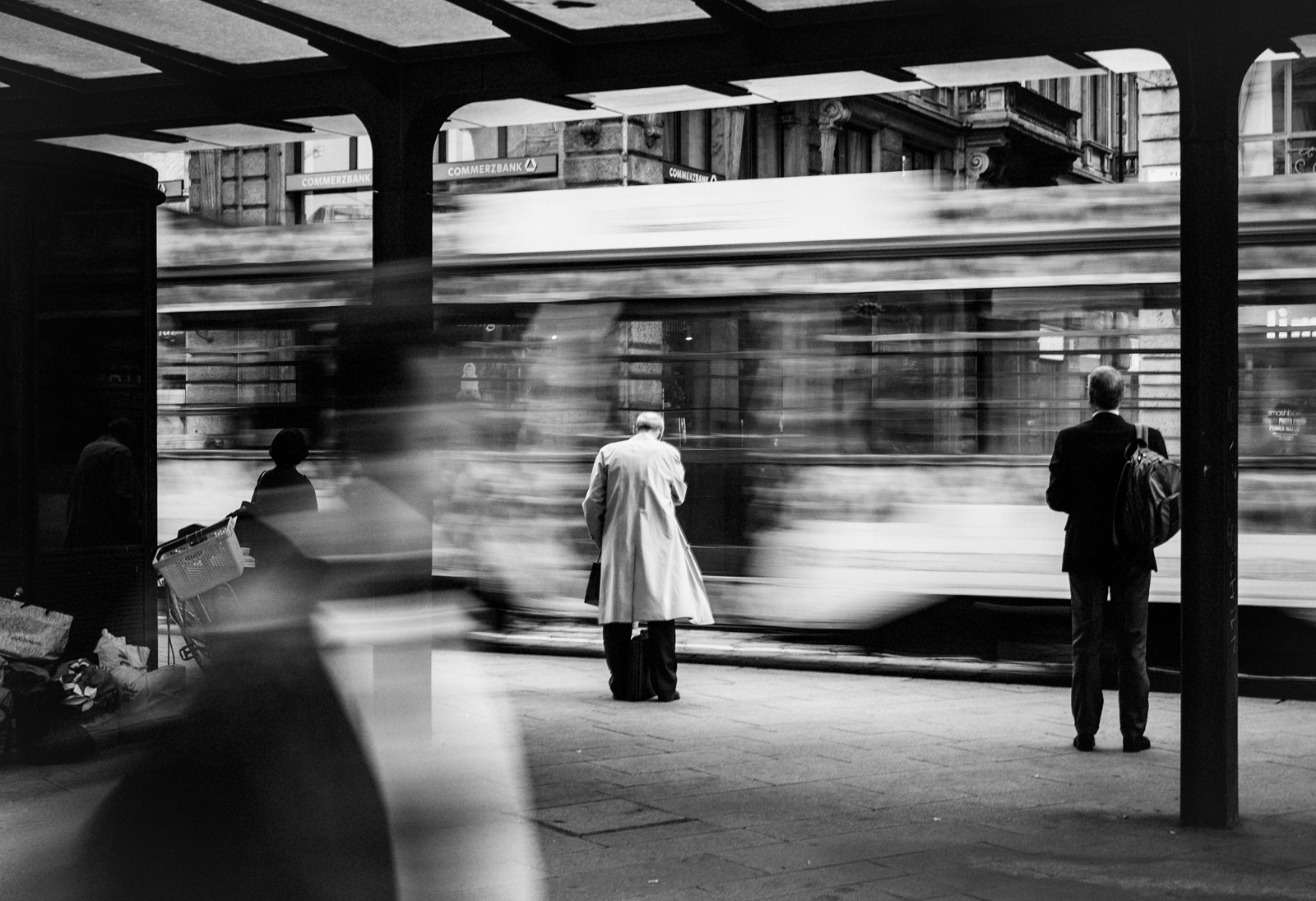The Basic Principles Of Framing Streets
What Does Framing Streets Mean?
Table of ContentsGetting The Framing Streets To WorkHow Framing Streets can Save You Time, Stress, and Money.Not known Details About Framing Streets The 25-Second Trick For Framing StreetsFraming Streets for BeginnersThe Definitive Guide for Framing Streets
Digital photography style "Crufts Canine Program 1968" by Tony Ray-Jones Road digital photography (also sometimes called honest digital photography) is digital photography performed for art or questions that features unmediated chance encounters and arbitrary incidents within public places, typically with the objective of catching photos at a crucial or touching minute by mindful framework and timing. 
What Does Framing Streets Mean?
Susan Sontag, 1977 Road photography can focus on people and their habits in public. In this regard, the road professional photographer is similar to social docudrama professional photographers or photographers that additionally operate in public locations, but with the objective of capturing newsworthy events. Any one of these digital photographers' pictures may capture people and residential or commercial property noticeable within or from public places, which commonly requires browsing moral problems and regulations of privacy, safety and security, and home.
Depictions of daily public life develop a genre in nearly every period of globe art, beginning in the pre-historic, Sumerian, Egyptian and early Buddhist art periods. Art managing the life of the street, whether within sights of cityscapes, or as the dominant theme, appears in the West in the canon of the North Renaissance, Baroque, Rococo, of Romanticism, Realistic look, Impressionism and Post-Impressionism.
The 9-Minute Rule for Framing Streets
Louis Daguerre: "Blvd du Holy place" (1838 or 1839) In 1838 or 1839 the first picture of numbers in the road was taped by Louis-Jacques-Mand Daguerre in among a pair of daguerreotype views drawn from his studio window of the Boulevard du Holy place in Paris. The 2nd, made at the elevation of the day, shows an unpopulated stretch of road, while the various other was taken at about 8:00 am, and as Beaumont Newhall reports, "The Boulevard, so regularly filled up with a relocating bunch of pedestrians and carriages was completely solitary, other than an individual that was having his boots cleaned.
As a result his boots and legs were well defined, yet he lacks body or head, since these remained in activity." Charles Ngre, waterseller Charles Ngre. https://www.blogtalkradio.com/framingstreets1 was the very first professional photographer to acquire the technological elegance called for to register people in motion on the road in Paris in 1851. Professional Photographer John Thomson, a Scotsman working with journalist and social protestor Adolphe Smith, published Road Life in London in twelve month-to-month installments starting in February 1877
The Definitive Guide for Framing Streets
Eugene Atget is considered a progenitor, not because he was the first of his kind, but as a result of the popularisation in the late 1920s of his record of Parisian streets by Berenice Abbott, who was influenced to embark on a comparable documents of New york city City. [] As the city established, Atget assisted to advertise Parisian roads as a worthwhile topic for digital photography.

Some Known Questions About Framing Streets.
Andre Kertesz.'s commonly appreciated Images la Sauvette (1952) (the English-language version was labelled The Crucial Minute) advertised the concept of taking an image at what he labelled the "definitive moment"; "when form and content, vision and make-up merged right into a transcendent whole" - photography presets.
Framing Streets Fundamentals Explained
The recording equipment was 'a concealed electronic camera', a 35 mm Contax hidden company website under his coat, that was 'strapped to the breast and connected to a lengthy wire strung down the right sleeve'. His job had little modern impact as due to Evans' level of sensitivities concerning the originality of his task and the privacy of his subjects, it was not published up until 1966, in the book Numerous Are Called, with an intro composed by James Agee in 1940.
Helen Levitt, then an educator of young kids, connected with Evans in 193839. She recorded the temporal chalk illustrations - photography presets that were component of children's road society in New York at the time, along with the kids who made them. In July 1939, Mo, MA's new digital photography section consisted of Levitt's work in its inaugural exhibitRobert Frank's 1958 book,, was substantial; raw and frequently out of emphasis, Frank's photos examined traditional digital photography of the time, "tested all the official rules set by Henri Cartier-Bresson and Walker Evans" and "flew in the face of the wholesome pictorialism and sincere photojournalism of American publications like LIFE and Time".